Bookshelf Speaker Reviews
Sort By: Post DateTitle Publish Date
|
Jul 31, 2001 |
First Published: Aug 01, 2001
|
Feb 28, 2000 |
First Published: Feb 29, 2000
|
Dec 10, 2008
|
Nov 04, 2002 |
First Published: Nov 05, 2002
|
Mar 18, 2005
|
Mar 26, 2013
|
Dec 03, 2013
|
May 02, 2025
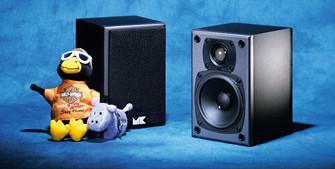
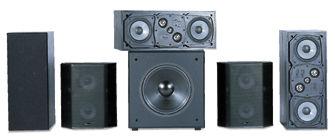
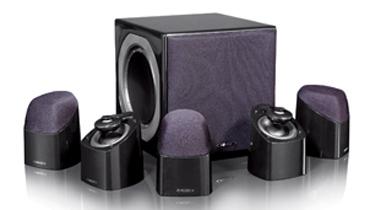


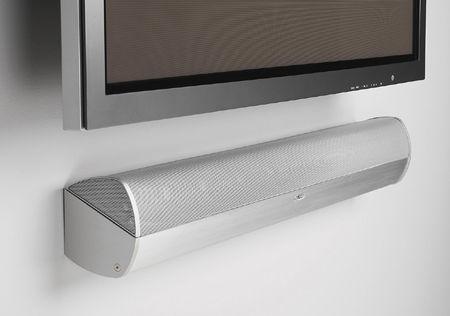

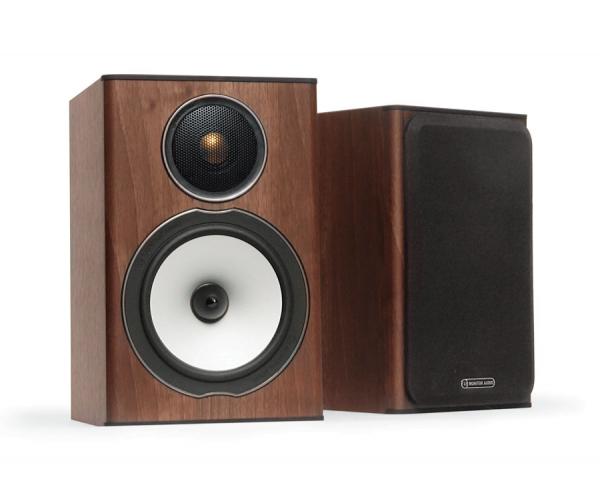


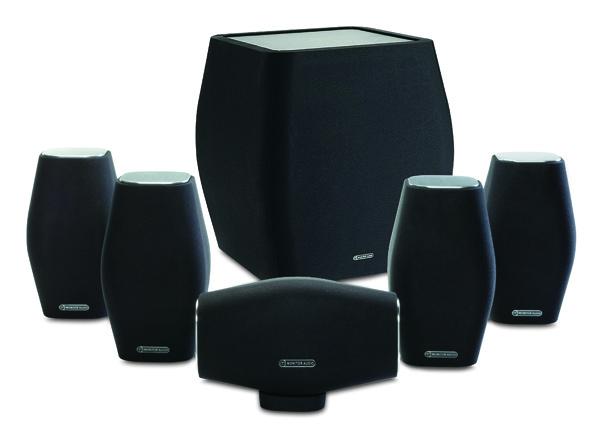

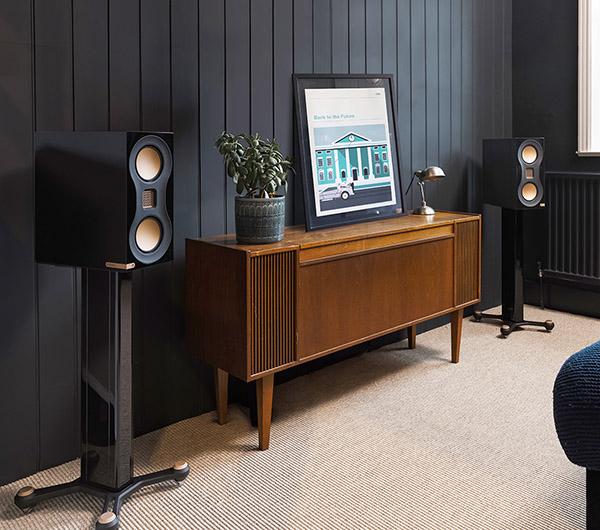

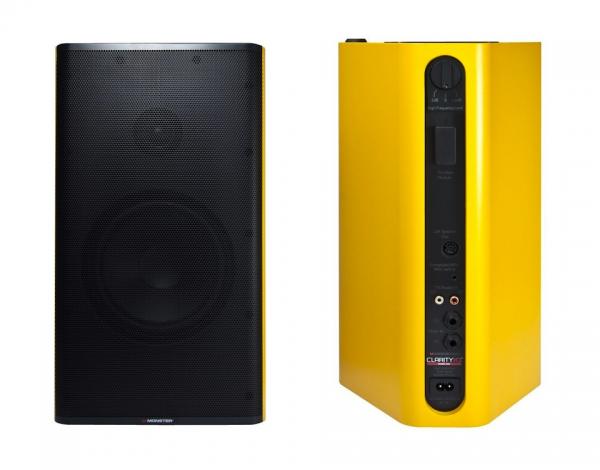
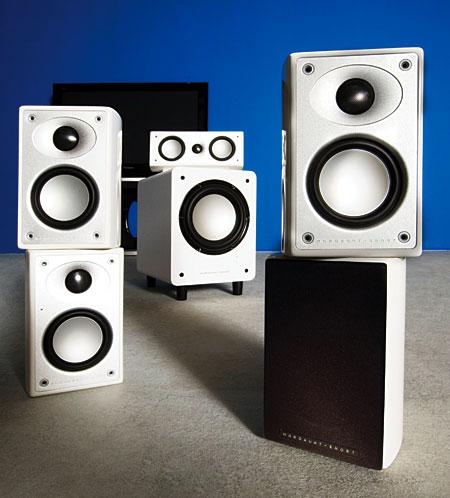
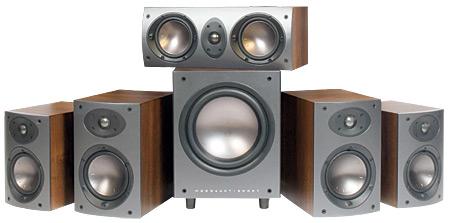
 Price: $2,134 At A Glance: Extensive experience with aluminum driver diaphragms • Sub notch filter surgically removes bass bloat • Unusual bullet-shaped speaker terminals
Price: $2,134 At A Glance: Extensive experience with aluminum driver diaphragms • Sub notch filter surgically removes bass bloat • Unusual bullet-shaped speaker terminals




